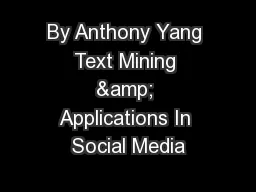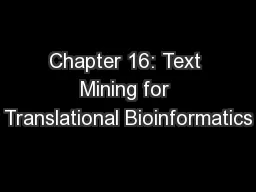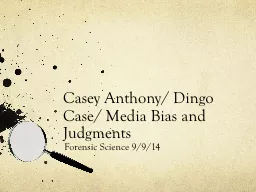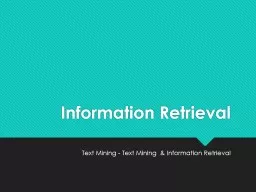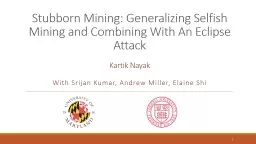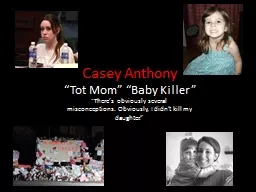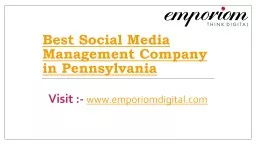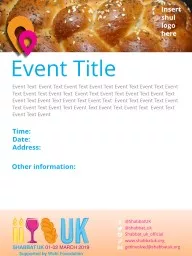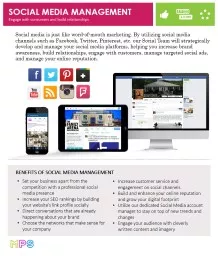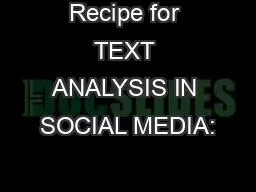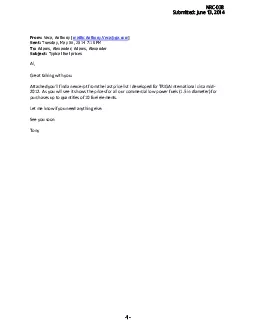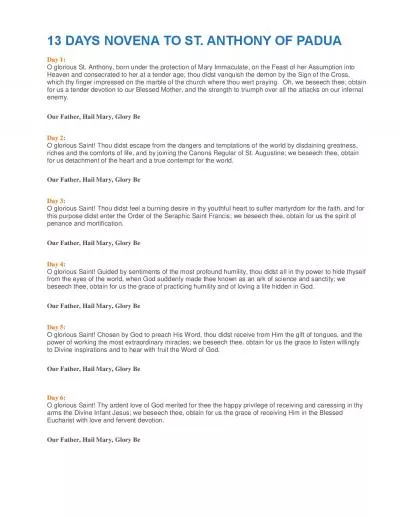PPT-By Anthony Yang Text Mining & Applications In Social Media
Author : tatyana-admore | Published Date : 2018-11-16
What Is T ext M ining Also known as Text Data Mining Process of examining large collections of unstructured textual resources in order to generate new information
Presentation Embed Code
Download Presentation
Download Presentation The PPT/PDF document "By Anthony Yang Text Mining & Applic..." is the property of its rightful owner. Permission is granted to download and print the materials on this website for personal, non-commercial use only, and to display it on your personal computer provided you do not modify the materials and that you retain all copyright notices contained in the materials. By downloading content from our website, you accept the terms of this agreement.
By Anthony Yang Text Mining & Applications In Social Media: Transcript
Download Rules Of Document
"By Anthony Yang Text Mining & Applications In Social Media"The content belongs to its owner. You may download and print it for personal use, without modification, and keep all copyright notices. By downloading, you agree to these terms.
Related Documents

